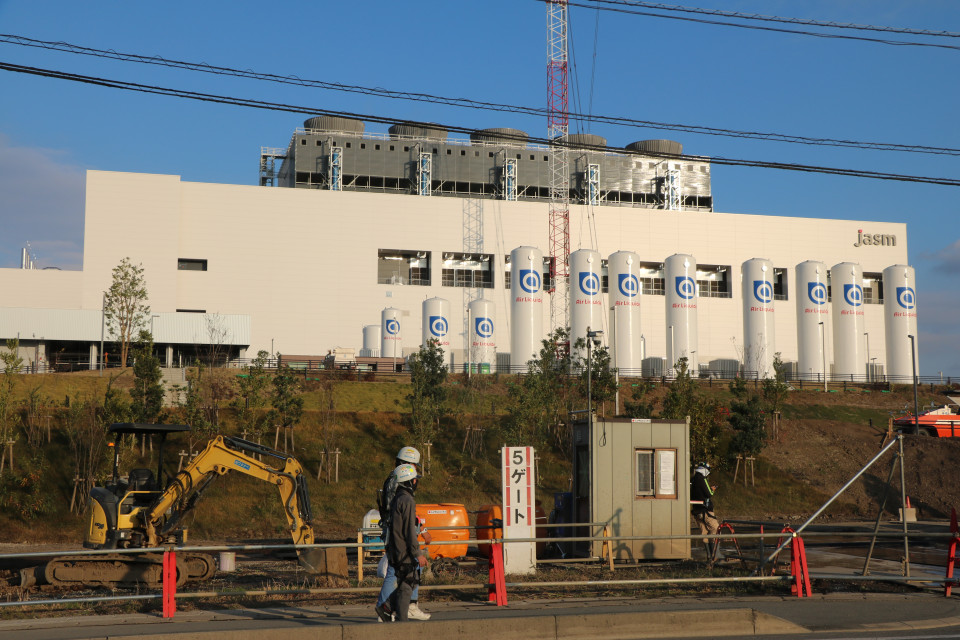TSMC, the world’s largest silicon chipmaker, has announced it will build a second semiconductor fabrication facility (fab) in Kumamoto Prefecture.
The company is aiming to have the new fab up and running in 2027. TSMC’s majority-owned subsidiary Japan Advance Semiconductor Manufacturing (JASM), in which Toyota Motor Corporation is increasing its investment, will operate the facility.
Semiconductors are used in motor vehicles, home electronics, and many other industrial products. In addition, they are also strategic materials vital to national security.
Taiwan is the global leader in state-of-the-art semiconductors and TSMC’s announcement is significant on multiple counts. In the case of a Taiwan contingency, Japan would face difficulties in obtaining the semiconductors it needs. However, attracting strong production bases to Japan and making our supply chains more resilient is also critical.
Bringing Semiconductor Manufacturing Back to Japan
Japan’s semiconductor industry once dominated the world markets. However, it has been trending downward for a long time. Consequently, the Japanese government offered massive subsidies to attract TSMC. It hopes to use TSMC’s presence as a springboard for accumulating domestic technology and human resources and thereby raise the standards of the domestic semiconductor industry.
TSMC is currently building its first Japanese factory in Kumamoto Prefecture. It plans to start mass production there by the end of 2024.


The second factory is scheduled to produce cutting-edge semiconductors with a width of six nanometers. (One nanometer equals one billionth of a meter.) The total investment, including the first factory, is expected to exceed $20 billion USD (roughly ¥3 trillion JPY).
Cutting-edge semiconductors will also be needed for segments promising high growth, including artificial intelligence and self-driving cars. No other production base in Japan will be able to produce the kind of advanced chips the second Kumamoto fab will be turning out.
If the government is going to provide such huge subsidies, it must request that TSMC in return continue its operations over the long term and prioritize supplying Japan.
Excellent Conditions for Manufacturing
One after another, chipmakers exited the sector or downsized. Japan’s semiconductor industry bled human resources and lost technological capabilities. However, there are still many companies in Japan that remain highly competitive in the semiconductor manufacturing equipment and semiconductor materials segments. We should take advantage of this industrial base and use it to accumulate cutting-edge technologies.
A renaissance in Japan’s semiconductor industry also requires cultivating the required human resources. There are a growing number of universities, including Kumamoto University and technical colleges, focusing on semiconductor R&D. Industry, government, and academia need to collaborate if this is to become a long-lasting initiative.
Water is essential for semiconductor production. TSMC’s decision to invest in Kumamoto was largely due to its abundant water resources. However, some locals have raised concerns about the impact of semiconductor production on the environment. We hope that TSMC will respond sincerely to such concerns and do everything possible to preserve the environment.
RELATED:
(Read the editorial in Japanese.)
Author: Editorial Board, The Sankei Shimbun




